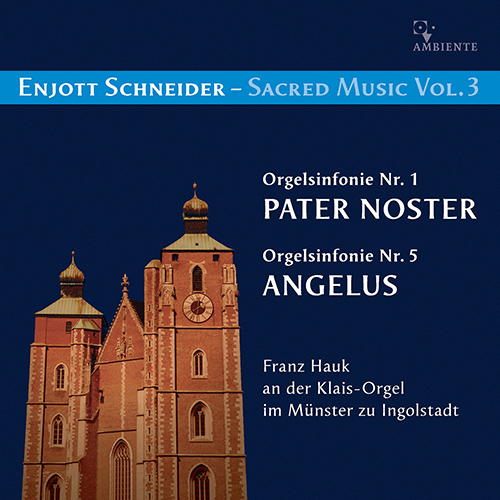
Estás filtrando por
Se encontraron 162876 resultados en recursos

Compartir este contenido
SCHNEIDER, E.: Sacred Music, Vol. 3 (Hauk)
Copia el enlace o compártelo en redes sociales
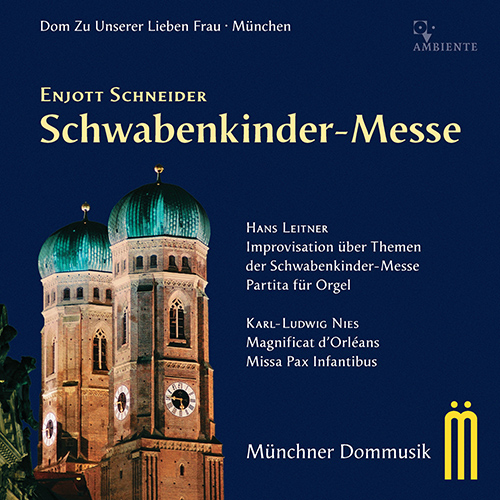
SCHNEIDER, E.: Schwabenkinder-Messe / LEITNER, H.: Organ Improvisation on Themes of Schwabenkinder-Messe / NIES, K.L.: Missa, "Pax Infantibu" (Nies)
Compartir este contenido
SCHNEIDER, E.: Schwabenkinder-Messe / LEITNER, H.: Organ Improvisation on Themes of Schwabenkinder-Messe / NIES, K.L.: Missa, "Pax Infantibu" (Nies)
Copia el enlace o compártelo en redes sociales

RACHMANINOV, S.: Piano Sonata No. 1 / 13 Preludes, Op. 32 (excerpts) (Geniušas)
Compartir este contenido
RACHMANINOV, S.: Piano Sonata No. 1 / 13 Preludes, Op. 32 (excerpts) (Geniušas)
Copia el enlace o compártelo en redes sociales
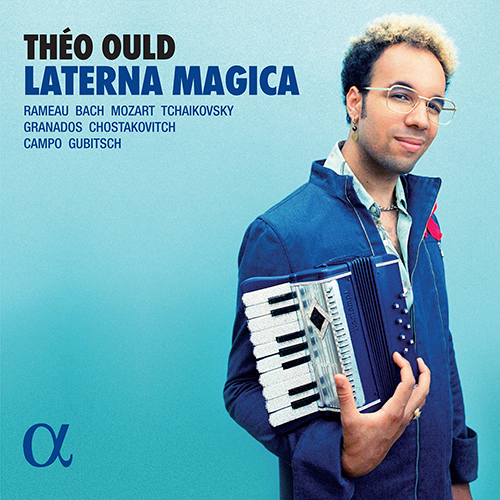
Accordion Recital: Ould, Théo - RAMEAU, J.-P. / BACH, J.S. / MOZART, W.A. / TCHAIKOVSKY, P.I. (Laterna Magica)
Compartir este contenido
Accordion Recital: Ould, Théo - RAMEAU, J.-P. / BACH, J.S. / MOZART, W.A. / TCHAIKOVSKY, P.I. (Laterna Magica)
Copia el enlace o compártelo en redes sociales

ELFMAN, D.: Nightmare Before Christmas (The): Jack's Lament (arr. for piano) (Journaux)
Compartir este contenido
ELFMAN, D.: Nightmare Before Christmas (The): Jack's Lament (arr. for piano) (Journaux)
Copia el enlace o compártelo en redes sociales
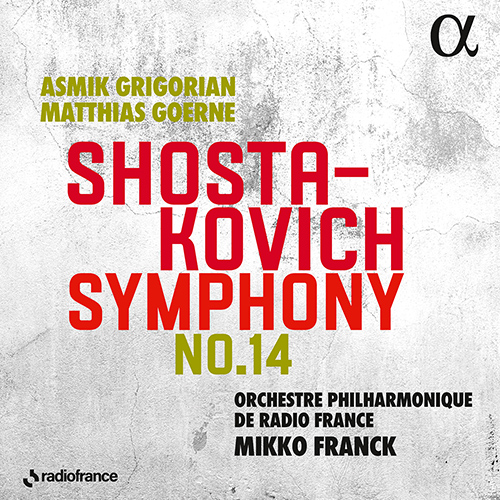
SHOSTAKOVICH, D.: Symphony No. 14 / 5 Fragments (Radio France Philharmonic, M. Franck)
Compartir este contenido
SHOSTAKOVICH, D.: Symphony No. 14 / 5 Fragments (Radio France Philharmonic, M. Franck)
Copia el enlace o compártelo en redes sociales

Vocal Recital (Soprano): Aristidou, Sarah - SCHUBERT, F. / RACHMANINOV, S. / RAVEL, M. / WOLF, HUGO (Enigma)
Compartir este contenido
Vocal Recital (Soprano): Aristidou, Sarah - SCHUBERT, F. / RACHMANINOV, S. / RAVEL, M. / WOLF, HUGO (Enigma)
Copia el enlace o compártelo en redes sociales

BACH, J.S.: Suites for Solo Cello Nos. 3 and 4, BWV 1009-1010 (Wieder-Atherton)
Compartir este contenido
BACH, J.S.: Suites for Solo Cello Nos. 3 and 4, BWV 1009-1010 (Wieder-Atherton)
Copia el enlace o compártelo en redes sociales
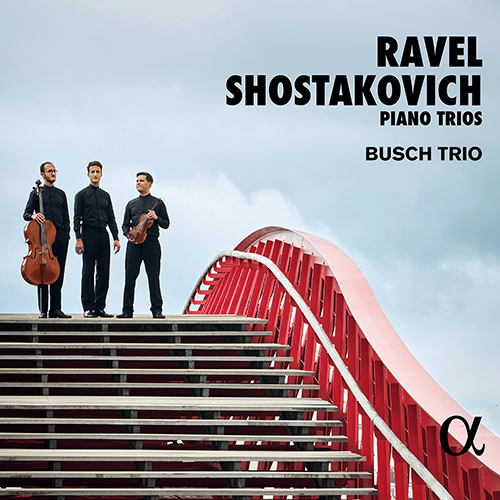
RAVEL, M. / SHOSTAKOVICH, D.: Piano Trios (Busch Trio)
Compartir este contenido
RAVEL, M. / SHOSTAKOVICH, D.: Piano Trios (Busch Trio)
Copia el enlace o compártelo en redes sociales
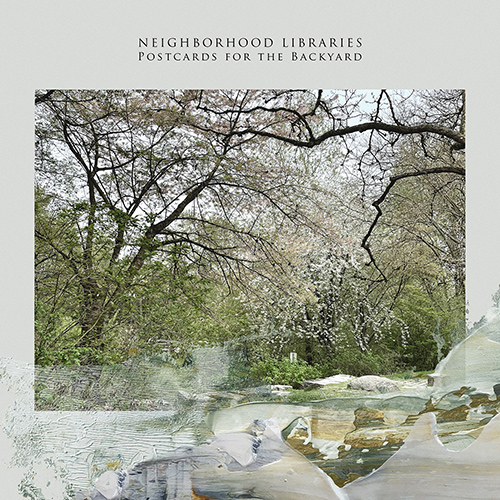
SWINDELLS, T.: Postcards for the Backyard / Embers / Reminisce / Shannon Falls / Youth (Neighborhood Libraries) (Swindells)
Compartir este contenido
SWINDELLS, T.: Postcards for the Backyard / Embers / Reminisce / Shannon Falls / Youth (Neighborhood Libraries) (Swindells)
Copia el enlace o compártelo en redes sociales
Selecciona las Colecciones en las que vas a añadir el contenido
Para consultar los contenidos añadidos busca la opción Tus colecciones en el menú principal o en Mi perfil.
